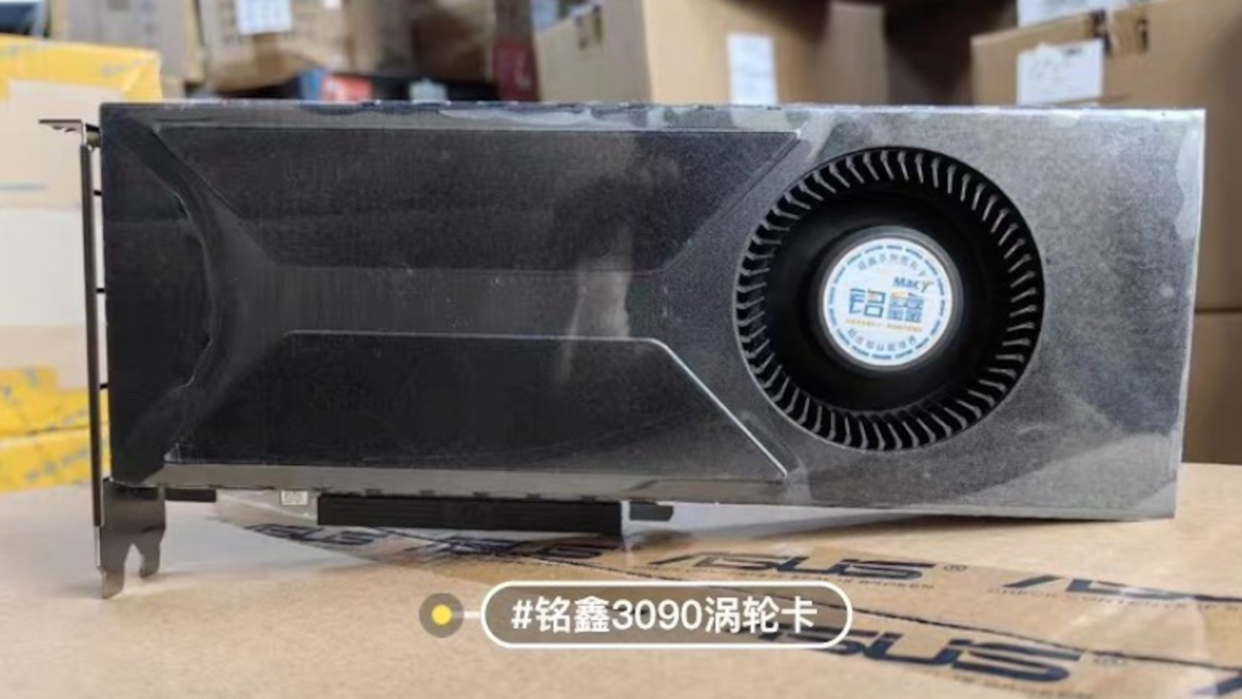Desperate Chinese factories repurpose last-gen RTX 3090 GPUs into AI accelerators to skirt US export ban

Recently, Chinese factories have been stripping down now-banned GeForce RTX 4090s into AI accelerators. Now, previous generation RTX 3090 cards are also on the chopping block. Just as GPUs were the hottest commodity during the crypto boom, high-end Nvidia GPUs fast AI hardware and lots of memory have become the ideal choice for AI workloads, even as the U.S. tightens exports to China.
Since the RTX 3090 is also on the long list of GPUs that the US Government has banned from being exported to China, this move makes sense but does reek of desperation (or perhaps resourcefulness) on the part of the factories stripping down GPUs for this purpose.
The RTX 3090 (and 3090 Ti) also have the same 24GB of VRAM found in the RTX 4090 for this purpose, which is important for LLMs (Large Language Models). In gaming performance, the RTX 4090 is significantly faster than the RTX 3090, but some AI models need memory more than they need compute.
These GPUs are being repurposed into blower-style cards specifically, and there are two very good reasons for this. For one, the blower-style housing for the GPUs is much smaller than the original coolers, allowing more to be installed simultaneously in a server. But beyond reducing footprint, blower-style GPU coolers are actually better for use in any multi-GPU use scenario since open-air GPU cooling results in hotter ambient temperatures that are particularly problematic in a multi-GPU setup.
There are downsides to blower-style cooling, particularly for powerful GPUs, but from an engineering perspective, this probably is the best use case for the existing banned RTX stock in China. However, the impact on high-end GPU pricing may take some time to recover.

